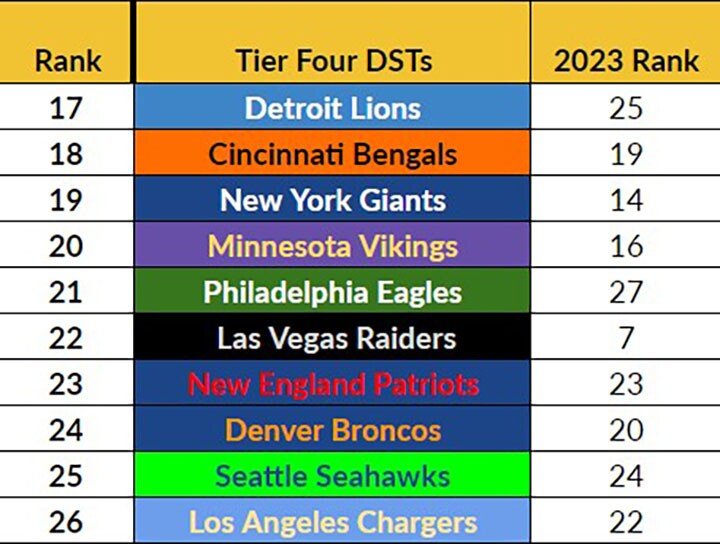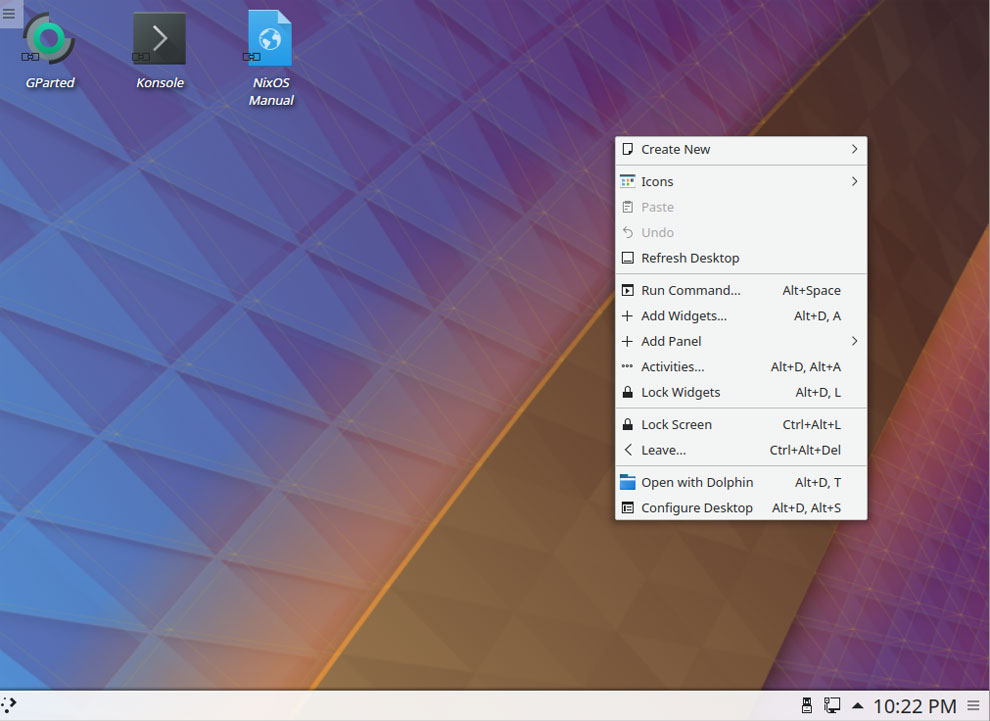A New Era of Performance: Linux vs. Windows in AI Workloads
In the evolving landscape of artificial intelligence, the question of operating systems becomes ever more crucial. Recent discussions have highlighted a startling finding: Linux outperforms Windows in inference tasks, particularly for AI applications. A developer, who transitioned from Windows after three decades, experienced dramatic speed enhancements that could reshape how we perceive system performance in computational tasks.
Unveiling the Speed Boost
With the advent of robust GPU setups, the benefits of optimizing your operating environment cannot be overstated. The developer known as Inevitable-Start-653 equipped his system with six powerful 24GB graphics cards. While the endeavor aimed to maximize performance, he found Windows operating systems to be surprisingly inefficient. Despite utilizing premier inferencing tools, like Oobabooga’s Textgen, Windows presented a noteworthy overhead that hindered overall execution speeds.
 Performance boost in Linux showcases significant advantages for AI tasks.
Performance boost in Linux showcases significant advantages for AI tasks.
After experimenting with Windows Subsystem for Linux (WSL) and failing to achieve any meaningful gains, the shift to a dual-boot setup with Ubuntu yielded astonishing results—a tripling of inference speeds and improved memory utilization was observed. This transition not only paves the way for handling larger models and datasets but also instills a new level of excitement in the realm of AI research and applications.
The Limitations of WSL
While WSL offers a convenient way for Windows users to dabble in Linux environments, it comes with its own pitfalls. Essentially a virtual machine, WSL runs Linux atop Windows, leading to significant resource consumption by the base operating system. Users have expressed frustration with similar performances between WSL and native Windows setups, unveiling the stark difference that pure Linux installations can make.
“I ended up uninstalling all my WSL installs. For some reason, it took more space than an actual Ubuntu install and didn’t offer any performance gains either,” a user recounted.
As the needs for AI evolve, relying on a full Linux install reveals itself as a far superior option—allowing for enhanced hardware utilization, better I/O operations, and more stable user interfaces.
Ubuntu vs. Windows: Performance Metrics
In comparing workloads, the statistics are compelling: Linux sees gains of approximately 20-30% in text generation and a significant 50-60% improvement in image generation capabilities with models like Stable Diffusion. With these findings, the debate over the best-performing operating system for AI workloads takes on new urgency.
Recommendations for Developers
For those committed to pushing the limits of AI, selecting the right operating system can be transformative. Many experts advocate for using Ubuntu’s Long Term Support (LTS) version, prized for its stability, or Arch Linux for those favoring cutting-edge packages. While there may be initial challenges, particularly regarding driver support and hardware compatibility, the long-term advantages showcase the undeniable value of Linux.
 Exploring the performance implications of choosing the right OS.
Exploring the performance implications of choosing the right OS.
Future Perspectives in AI
The debate regarding AI’s potential impact extends beyond technical specifications—it delves into ethical considerations, societal implications, and the broader narrative around technology. Comedian and critical thinker Thomas Maurer emphasized the pervasive influence of technology in his upcoming solo show, highlighting not just the benefits but also the potential pitfalls of advancements in AI.
As Maurer notes, “Artificial Intelligence plays a role… we see the first rough outlines, and they offer little good omen.” In navigating the future, it is paramount that developers and users alike remain aware of the impacts AI can have on our communication, societal structures, and overall quality of life.
Conclusion: Embracing the Change
The reflections from both developers and cultural commentators remind us that technology is not merely a tool but a force that shapes our reality. Whether through faster computer systems like Ubuntu or through critical discourse around AI’s implications, the ongoing conversation must adapt to embrace the complexities of our time. As we stand on the brink of unprecedented advances, the challenge lies in harnessing these tools responsibly and ethically.
In a world that often feels overwhelming, the juxtaposition of hope and skepticism becomes crucial. The lessons we learn today about the tech we create will reverberate through generations—let’s choose wisely.


 Photo by
Photo by 












